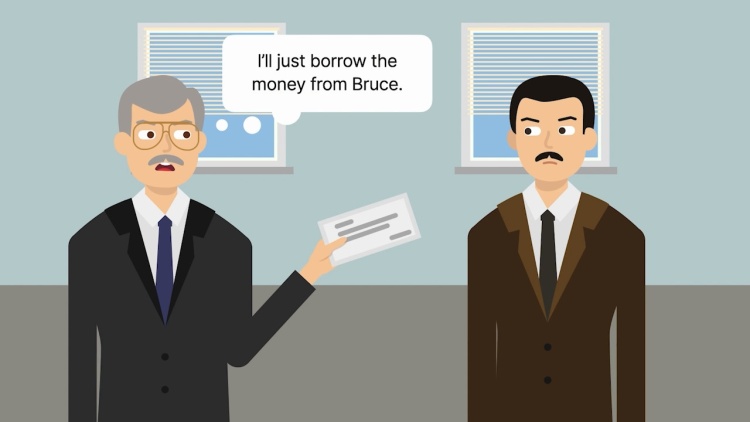Gilbert v. Commissioner
United States Court of Appeals for the Second Circuit
552 F.2d 478 (1977)

- Written by Robert Taylor, JD
Facts
Until June 1962, Edward Gilbert (defendant) was the president of the E.L. Bruce Company, Inc. (Bruce), a publicly traded company. Gilbert, along with other members of Bruce’s board of directors, wanted Bruce to merge with the Celotex Corporation (Celotex). During 1961 and 1962, Gilbert and Bruce acquired a controlling interest in Celotex stock in preparation for negotiating a merger. Gilbert personally purchased Celotex stock on margin. In May 1962, the stock market crashed. Gilbert received a margin call requiring him to cover the decreased value of his Celotex stock. Gilbert did not have the money to meet the margin call. Gilbert illegally used almost $2 million of Bruce’s corporate funds to cover his personal obligations for the margin call. Gilbert promptly agreed to repay the embezzled funds to Bruce. Gilbert issued interest-bearing promissory notes and assigned most of his property to Bruce. Bruce’s board of directors accepted Gilbert’s promissory notes and assignment, but refused to authorize his withdrawals. Ultimately, Gilbert was unable to repay the funds. The Commissioner of Internal Revenue (plaintiff) filed tax liens against Gilbert, seeking to recover income taxes on the embezzled funds. The United States Tax Court held that Gilbert was liable for taxes on the illegal income. Gilbert appealed the tax court’s ruling.
Rule of Law
Issue
Holding and Reasoning (Lumbard, J.)
What to do next…
Here's why 899,000 law students have relied on our case briefs:
- Written by law professors and practitioners, not other law students. 47,000 briefs, keyed to 994 casebooks. Top-notch customer support.
- The right amount of information, includes the facts, issues, rule of law, holding and reasoning, and any concurrences and dissents.
- Access in your classes, works on your mobile and tablet. Massive library of related video lessons and high quality multiple-choice questions.
- Easy to use, uniform format for every case brief. Written in plain English, not in legalese. Our briefs summarize and simplify; they don’t just repeat the court’s language.





